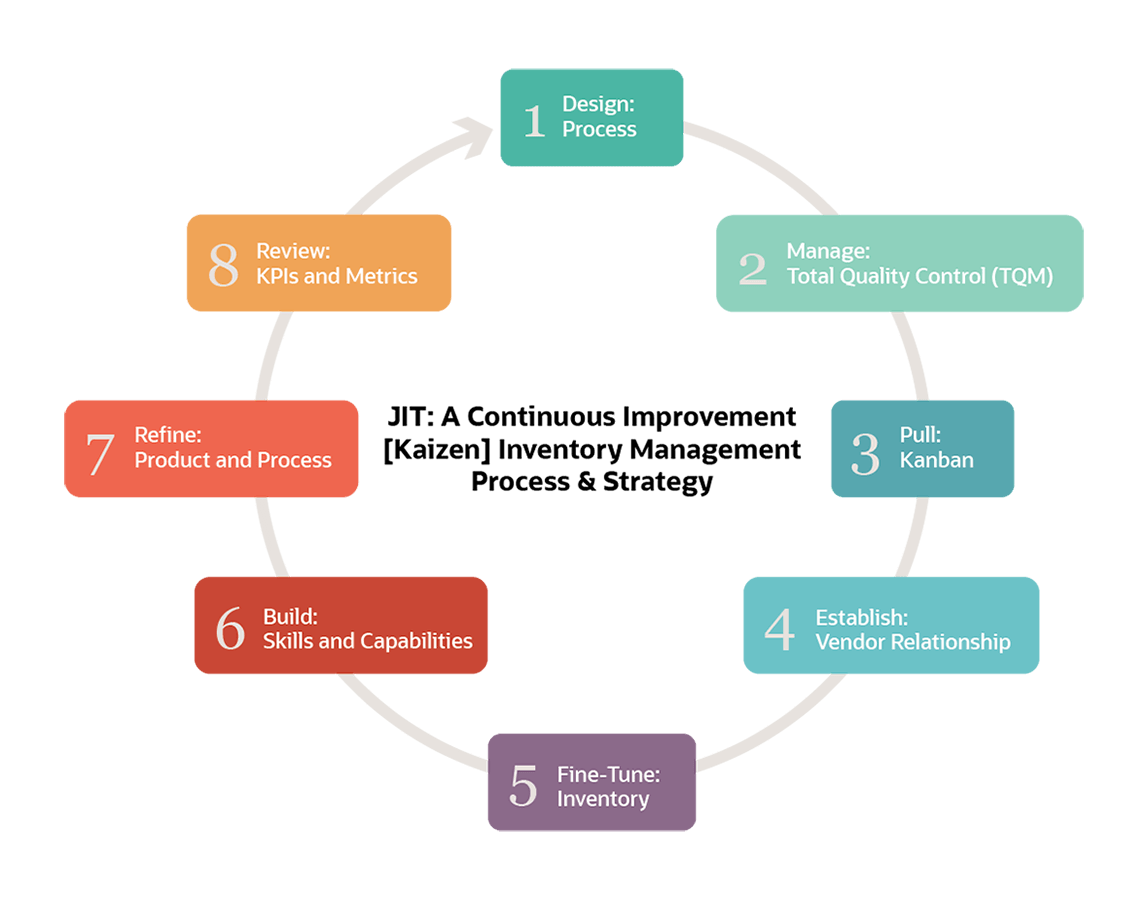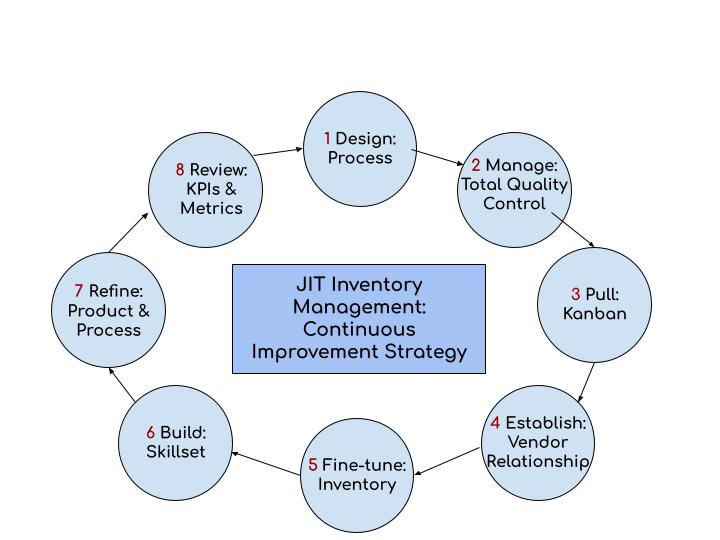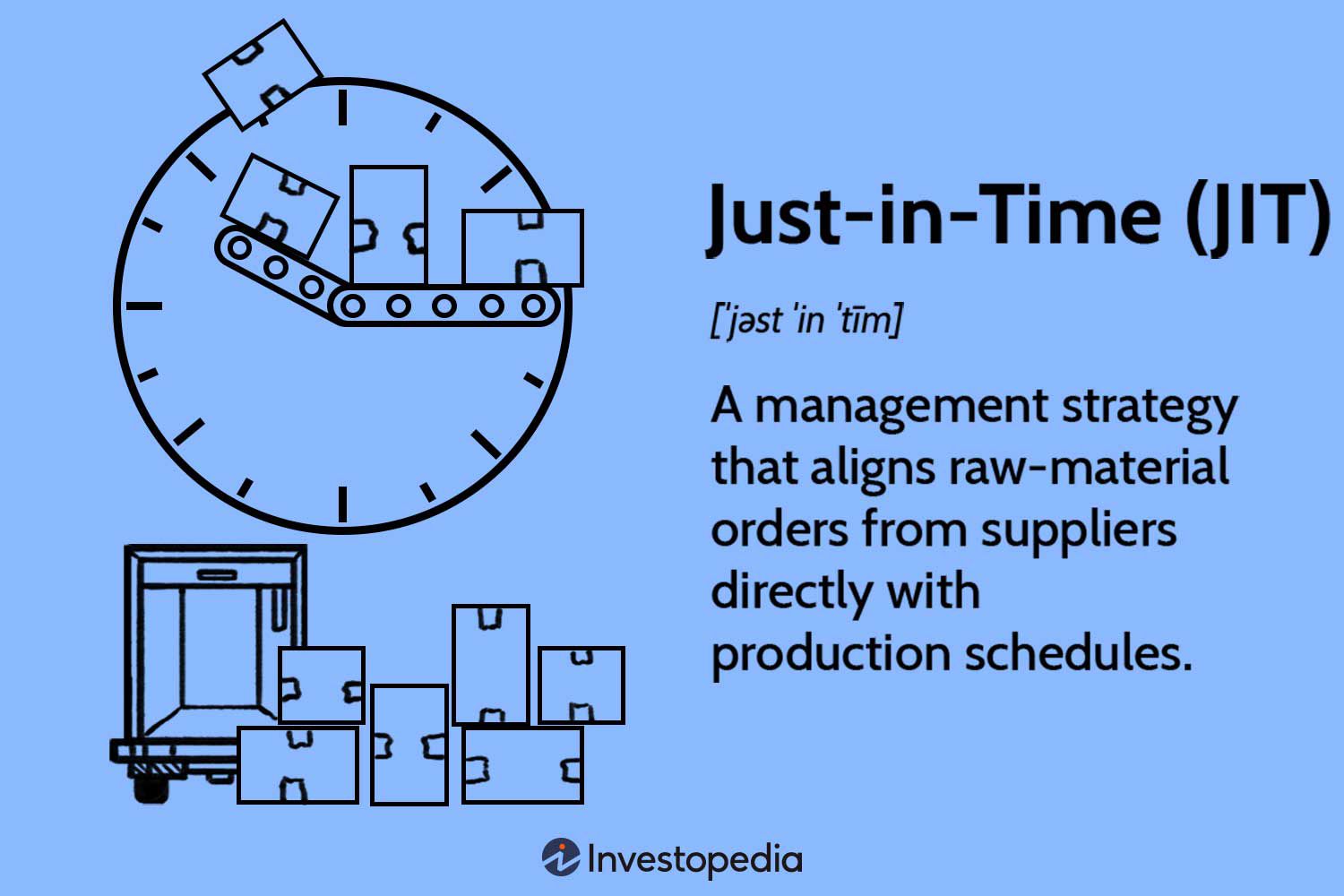# Just-In-Time (JIT) Supply Chain Models: Revolutionizing Efficiency in Modern Businesses
The **Just-In-Time (JIT)** supply chain model has become a transformative approach for businesses aiming to optimize inventory management, reduce waste, and enhance operational efficiency. In this article, we will delve into the core principles of JIT, its benefits, challenges, and practical applications across various industries.

---
## What Is the JIT Supply Chain Model?
The **JIT supply chain model** is a strategy where materials and products are received, processed, and delivered "just in time" to meet demand. This minimizes the need for holding excessive inventory, cutting costs and improving cash flow. Originating in Japan, **Toyota** pioneered the method during the 1970s, setting a gold standard for efficient manufacturing.
---
## Core Principles of JIT
The success of JIT hinges on a few essential principles:
1. **Demand-Driven Production**: Manufacturing begins only when a customer order is received.
2. **Lean Inventory**: Holding minimal stock reduces storage costs and waste.
3. **Strong Supplier Relationships**: Reliable and timely supplier deliveries are crucial.
4. **Continuous Improvement (Kaizen)**: Regularly improving processes to eliminate inefficiencies.
5. **Focus on Quality**: Ensuring all components meet quality standards to avoid delays.
---
## Key Benefits of JIT Models
Implementing a **JIT supply chain model** offers numerous advantages:
### 1. Cost Efficiency
By reducing **inventory carrying costs**, businesses can allocate resources to other critical areas. Eliminating excess stock prevents **overproduction** and spoilage.
### 2. Improved Cash Flow
With fewer resources tied up in inventory, businesses can maintain **healthy cash reserves** for expansion or emergencies.
### 3. Reduced Waste
JIT minimizes waste from unsold goods, obsolete materials, and **overstocking**.
### 4. Enhanced Productivity
Efficient workflows ensure that production matches customer demand, streamlining operations.
### 5. Better Supplier Coordination
Strong supplier partnerships enable **timely deliveries**, critical for the success of JIT.

---
## Challenges of JIT Supply Chains
While JIT offers undeniable benefits, it is not without its challenges:
### 1. Supply Chain Disruptions
**Delays from suppliers**, transportation issues, or natural disasters can halt production.
### 2. Dependence on Accurate Forecasting
Businesses must rely on precise **demand forecasting** to avoid stockouts or missed opportunities.
### 3. Increased Supplier Reliance
JIT requires suppliers to deliver high-quality materials **on time, every time**, increasing dependency.
### 4. Limited Buffer Inventory
A lack of safety stock can leave companies vulnerable during demand spikes or unforeseen disruptions.
> **Pro Tip:** To mitigate risks, businesses using JIT models should diversify their supplier base and employ backup plans for emergencies.
---
## Industries Using JIT Supply Chain Models
### 1. Automotive Industry
The **automotive sector** is perhaps the most famous adopter of JIT. Companies like Toyota ensure that parts arrive precisely when needed for assembly, reducing storage costs.
### 2. Retail
Retailers like **Walmart** utilize JIT to replenish stock based on real-time sales data, ensuring shelves are never overstocked or empty.
### 3. Food and Beverage
In industries like **food production**, JIT prevents spoilage by delivering fresh ingredients as required.

### 4. Electronics
Electronics manufacturers often employ JIT to keep up with rapid technological changes, avoiding stockpiles of outdated components.
---
## Real-World Example: Toyota’s JIT System
Toyota’s JIT model transformed its manufacturing process into a globally recognized benchmark. By synchronizing its assembly line with supplier schedules, Toyota achieved:
- **Zero Waste**: Materials arrived only when needed.
- **Enhanced Productivity**: Workers focused solely on value-adding tasks.
- **High Quality**: Consistent checks ensured superior product standards.
---
## Steps to Implement JIT in Your Business
Adopting JIT requires a methodical approach:
1. **Evaluate Current Processes**: Assess inventory levels, production schedules, and supplier performance.
2. **Invest in Technology**: Use **inventory management systems** and real-time data analytics for precise forecasting.
3. **Strengthen Supplier Relationships**: Establish long-term agreements with reliable suppliers.
4. **Train Employees**: Equip staff with the skills to adapt to JIT workflows.
5. **Monitor and Optimize**: Continuously analyze performance metrics to identify and resolve inefficiencies.
> **Insight:** Tools like **ERP software** can simplify JIT implementation by automating inventory tracking and supplier coordination.
---
## FAQs About JIT Supply Chain Models
### 1. **What is the main goal of JIT?**
The primary aim of JIT is to minimize waste and maximize efficiency by receiving goods only when they are needed for production.
### 2. **Can small businesses use JIT?**
Absolutely! Small businesses can benefit from JIT by reducing overhead costs and focusing on streamlined operations.
### 3. **How does JIT differ from traditional supply chain models?**
Unlike traditional models that focus on maintaining stock, JIT prioritizes **real-time inventory management** to align production with demand.
---
## Conclusion: Is JIT Right for Your Business?
The **Just-In-Time supply chain model** can revolutionize operations, cutting costs and enhancing customer satisfaction. However, it demands **meticulous planning**, robust supplier networks, and unwavering commitment to quality. Whether you're a multinational corporation or a small business, understanding and adapting JIT principles can unlock unparalleled efficiency.
:max_bytes(150000):strip_icc()/terms_j_jit_FINAL_-48745eb8661844c4becbbaafbf322320.jpg)
For further insights, explore related concepts such as [Lean Manufacturing](https://en.wikipedia.org/wiki/Lean_manufacturing) or [Supply Chain Management](https://www.supplychainmanagement.com).
**Transform your supply chain today by integrating JIT strategies and watch your business thrive.**

